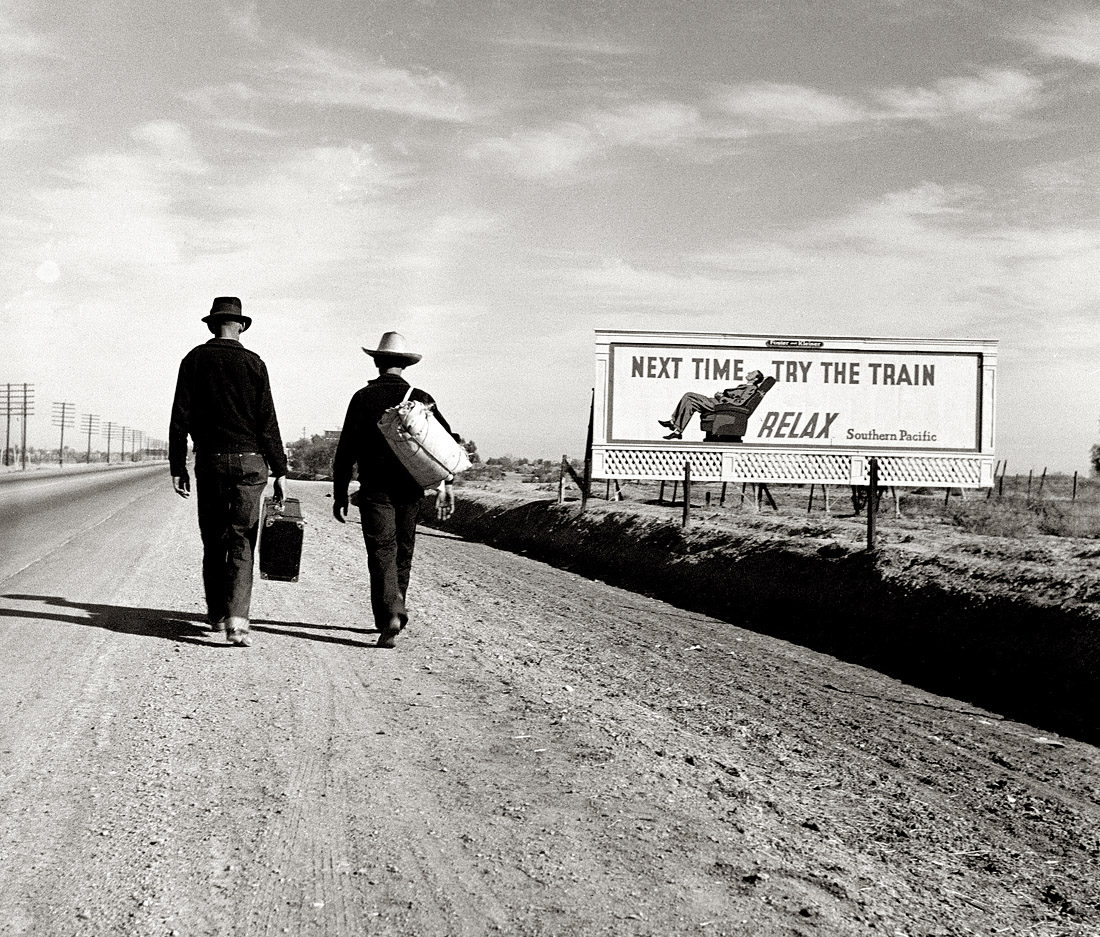
ARKANSAS DELTA: Cradle of Civil Rights (multi-media)
” … a policeman will jest stand there an let a banker rob a farmer, or a finance man rob a workin man. But if a farmer robs a banker — you wood have a hole dern army of cops out a shooting at him.” — Woody Guthrie
© By Scott Sines
The movie Selma deserves our attention. If it wins every single Academy Award it won’t be nearly enough. But before Emmitt Till was brutally murdered for whistling at a white woman; before Rosa Parks refused to give up her bus seat, black and white tenant farmers in northeast Arkansas were organizing. They drew the blueprint for the non-violent activism that followed in the 1950s and 1960s. Today the museum dedicated to the Southern Tenant Farmers Union, and other historical sites, are faced with an uncertain future. “We are in a tough funding situation,” said Dr. Ruth Hawkins, executive director of Arkansas State University’s, Arkansas Heritage Sites program. (Multi-media links are in blue boldface)
Getting organized
The Agricultural Adjustment Act of 1933 made the miserable lives of tenant farmers on the Delta even worse. Planters were paid not to plant. Existing crops were plowed under to limit supply and raise commodity prices. The government paid subsidies to the planters who were supposed to share the money fairly with the tenant farmers. It didn’t happen.
At the time opposition to labor unions was white hot and so was the culture.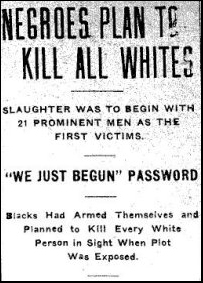 Still, farmers on the Delta, black, white and women organized. White businessmen Harry Leland Mitchell and Clay East knew that to have a chance at success the union had to be inter-racial. Otherwise the planters would play black against white and incite racial violence. It had already happened in Elaine, Arkansas resulting in the massacre of hundreds of black sharecroppers.
Still, farmers on the Delta, black, white and women organized. White businessmen Harry Leland Mitchell and Clay East knew that to have a chance at success the union had to be inter-racial. Otherwise the planters would play black against white and incite racial violence. It had already happened in Elaine, Arkansas resulting in the massacre of hundreds of black sharecroppers.
The organizers made sure that black and white farmers sat side-by-side in photographs to show unity. The movement was deeply rooted in the Baptist Church so women were major players as years later they would be an integral part of the Civil Rights Movement.
The planters reacted violently. When Mitchell, owner of a dry cleaning business in Tyronza, met at the home of E.B. McKinney, a black socialist, the planters shot the place up with machine guns. Mitchell’s business in Tyronza neighbored Clay East’s gas station to the north. East was the distributor of the socialist newspaper “The Guardian.” To the south of the dry cleaners and the gas station was the city bank. The small cluster of buildings became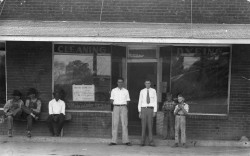 known as “Red Square.” “The only reason (the planters) didn’t burn the place down was because of the bank,” said Linda Hinton, director of the Southern Tenant Farmers Musuem.
known as “Red Square.” “The only reason (the planters) didn’t burn the place down was because of the bank,” said Linda Hinton, director of the Southern Tenant Farmers Musuem.
With leadership from Mitchell and East, 11 white men and seven black men met in a small schoolhouse near Tyronza in July 1934 and formed the Southern Tenant Farmers Union committed to non-violent opposition to the planters. The STFU became the blueprint for later civil rights activism.
Today “Red Square” is home to the Southern Tenant Farmers Museum a rich historical archive of one of the earliest bi-racial, bi-gender labor unions in the country. The knowledgeable and friendly staff gives intimate,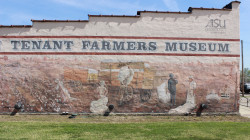 informative tours. The building is full of historic pictures and artifacts including a grainy newsreel prominently featuring songs by John Handcox the “Sharecroppers Troubadour.” Allow about an hour, unless you just want to visit for a while. The museum is much smaller than the history it tells.
informative tours. The building is full of historic pictures and artifacts including a grainy newsreel prominently featuring songs by John Handcox the “Sharecroppers Troubadour.” Allow about an hour, unless you just want to visit for a while. The museum is much smaller than the history it tells.
Forty acres and a mule
Take a left out of the museum and navigate a few dusty miles to the Dyess Colony. It has to be your destination because the road leading into the colony ends in the colony. Named after William Reynolds Dyess, a local plantation owner, it was part of the Roosevelt administration’s relief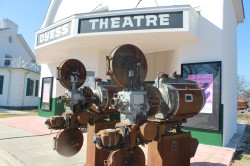 efforts and considered an experiment in American Socialism. It was intended to operate as a cooperative, where seed was purchased, crops were sold communally, and families shared in profits. But it ran into the self-sufficient nature of Delta farmers. “The farmers they recruited were too independent to throw their lot in with others,” Hawkins said. “They did operate the commissary as a cooperative, but little else.” Still, it was the biggest agricultural, cooperative effort of the federal government during the Great Depression.
efforts and considered an experiment in American Socialism. It was intended to operate as a cooperative, where seed was purchased, crops were sold communally, and families shared in profits. But it ran into the self-sufficient nature of Delta farmers. “The farmers they recruited were too independent to throw their lot in with others,” Hawkins said. “They did operate the commissary as a cooperative, but little else.” Still, it was the biggest agricultural, cooperative effort of the federal government during the Great Depression.
Open only to white people (a separate colony was developed for black people), 500 farm families qualified and were advanced the money to buy a brand new, bright white, five-room house, twenty to forty acres, a mule and supplies, and a promissory note due when their first crop came in. The colony was laid out like a sliced pie. The individual farms were slices that led to the colony’s community center, movie theater, bank, store and other businesses.
Ray and Carrie Rivers Cash’s family qualified. They moved the family and their kids Roy, Margaret Louise, Jack, J. R., and Reba onto a twenty-acre tract. Joanne and Tommy came along later. 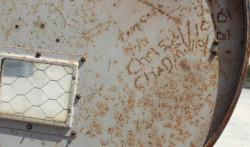
J. R. and Tommy worked at the theater, J.R. took tickets and Tommy ran the huge projector. Today you can see Tommy’s name (top right in the picture) carved into one of the huge movie reel holders on the projectors. Today the Administration Building has been restored as an interpretive museum, the facade of the movie theater has been restored and the post office and cafe are up and running.
How high’s the water Momma?
Down a dirt road just a couple of miles from the Dyess Community Center the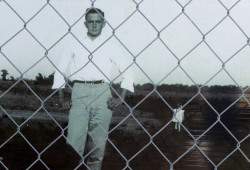 Cash family home has been restored and stands as it was when the family lived there. J.R. served in the Army and eventually moved downriver to Memphis. He signed a recording contract with Sam Phillips and Sun Studios under the name Johnny Cash.
Cash family home has been restored and stands as it was when the family lived there. J.R. served in the Army and eventually moved downriver to Memphis. He signed a recording contract with Sam Phillips and Sun Studios under the name Johnny Cash.
He was a member of the Million Dollar Quartet along with Elvis Presley, Jerry Lee Lewis and Carl Perkins. Together they mixed Rockabilly sound with gospel into classics like “Down by the Riverside”. Cash’s ability to cross genres earned his induction into the Country Music, Rock and Roll, and Gospel Music Halls of Fame. Many of his songs reflect on his years growing up on the Delta including “Five Feet High and Rising” which recounts the 1937 Mississippi River flood that inundated the farm. 
His kids continue to pass his songs along including his daughter Rosanne’s albums “The List” and her Grammy Award winning new release that retraces her dad’s upbringing”The River and the Thread.” Rosanne and her brother John Cash Jr. are active caretakers of the family’s rich musical tradition and hard scrabble beginnings.
Either on your way to the Museum, or on your way home the Tyboogie is worth a visit for a bite to eat. Local farmers Keith and Jill Forrester own it. They were some of the originals in building the popularity of farmers markets in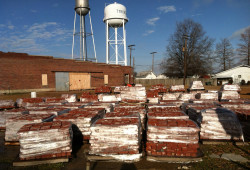 Memphis. Now they’re bringing their fresh produce a little closer to home, the Tyboogie is just four miles down the road from their farm. The produce they don’t grow and the meats they don’t raise are purchased from local growers.
Memphis. Now they’re bringing their fresh produce a little closer to home, the Tyboogie is just four miles down the road from their farm. The produce they don’t grow and the meats they don’t raise are purchased from local growers.
Keith gutted the old grocery store building in the heart of downtown Tyronza and rebuilt it with recycled bricks from old crumbling buildings and wood recycled from an old rickety barn in nearby Frenchman’s Bayou. The menu goes from traditional Delta fare, to Chicken Fried Chicken, burgers, sandwiches and sides and specialty pizzas. Everything except the large pizzas, and they are large is under 10 dollars. They have live music on the weekends, a patio built from reclaimed barn beams and sell merchandise from local artisans. Every bit Delta folks they’re opening a roadside stand for fresh produce and offering tours of their farm this fall.
You can catch it all in an afternoon from Memphis, or a day trip from Little Rock. The history is incredibly close to the surface, rich, and accessible. The Heritage Sites are remarkably restored and some are in jeopardy. The Delta was never flooded by money. The area needs people to come visit; they need school field trips, and tour buses and believe it or not… signage on the major interstates to let travelers know that they are there.
If you’d like to donate or need more information on how to keep these historical sites alive contact:
Arkansas Heritage Sites
Arkansas State University
Telephone: 870-972-2803
Arkansas Heritage Sites
To donate, go to https://secure.astate.edu/Donations/ and enter “Heritage Sites” or a particular Heritage Site on the “Other” line.
To arrange school tours and see curriculum guides go to:
http://arkansasheritagesites.astate.edu/wp-content/uploads/2014/07/Southern-Tenant-Site.pdf






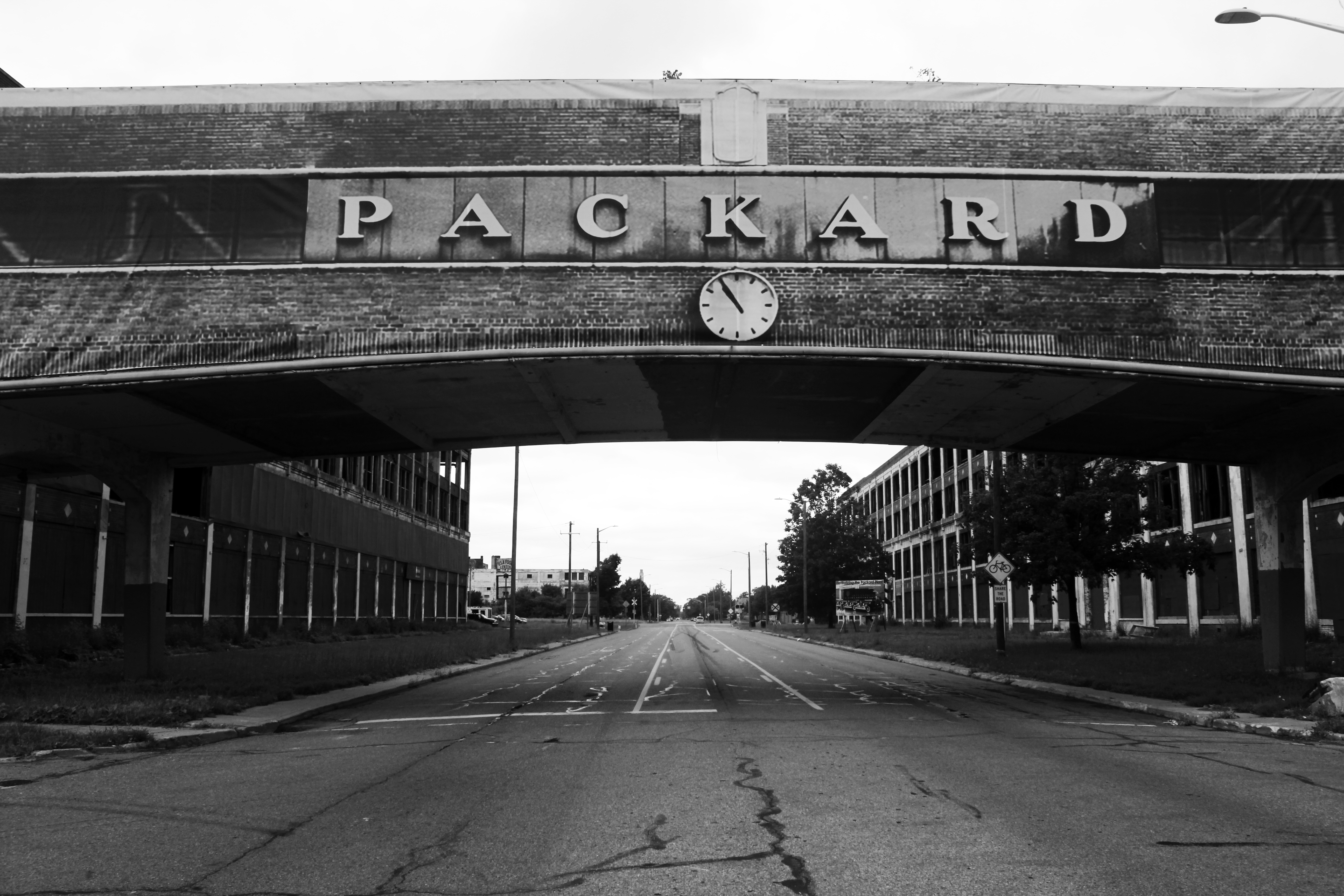




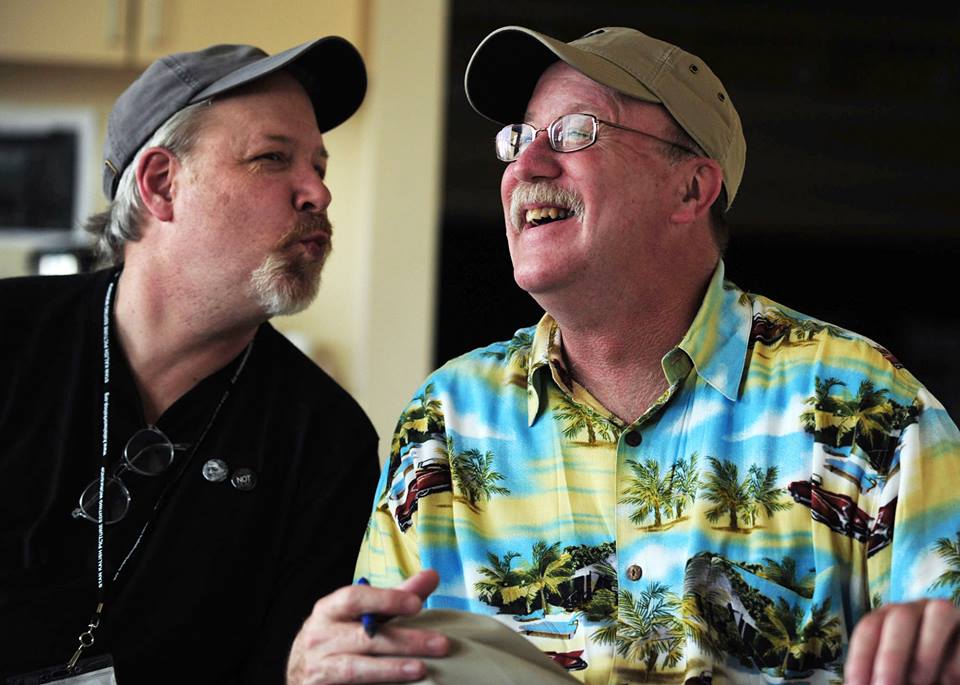
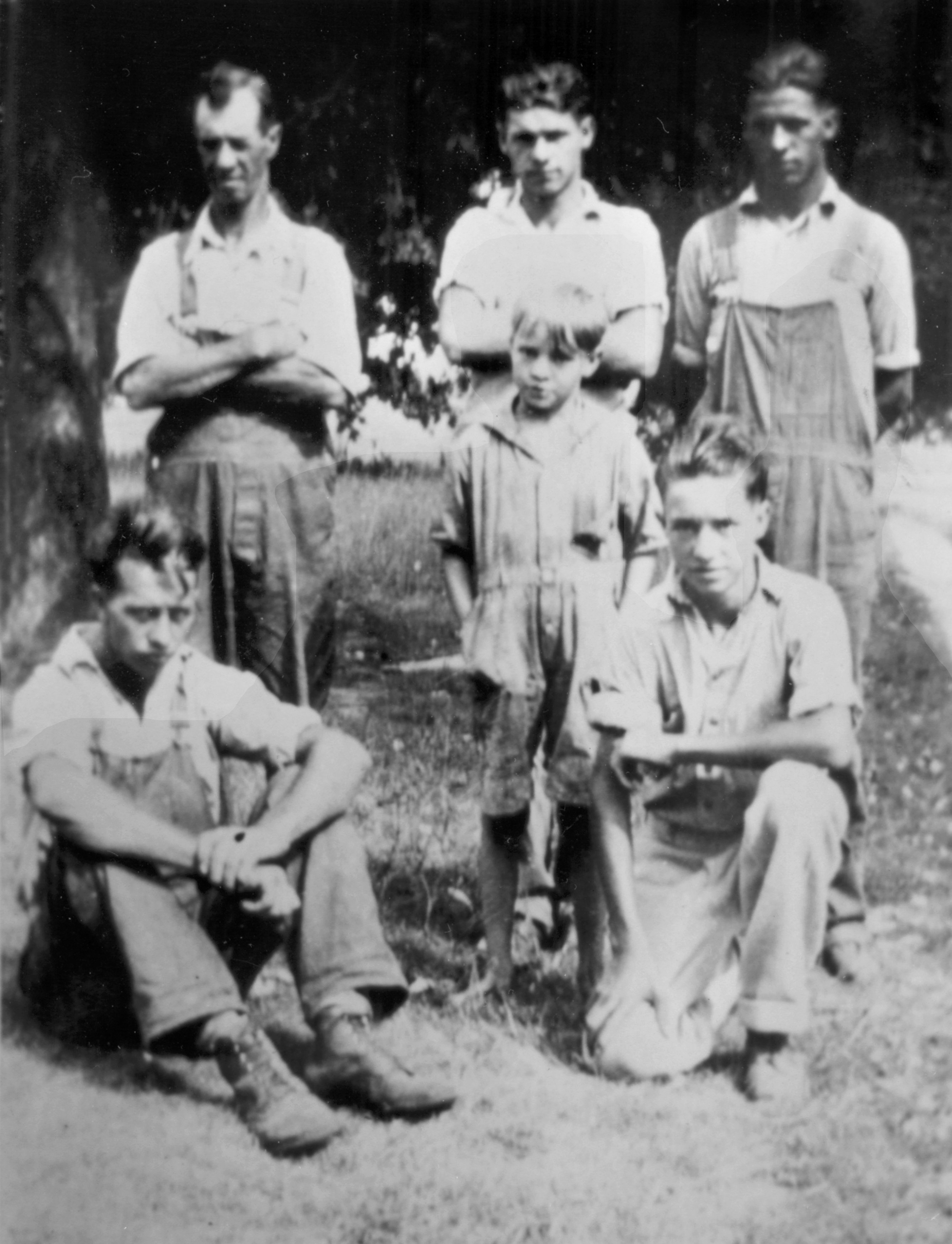
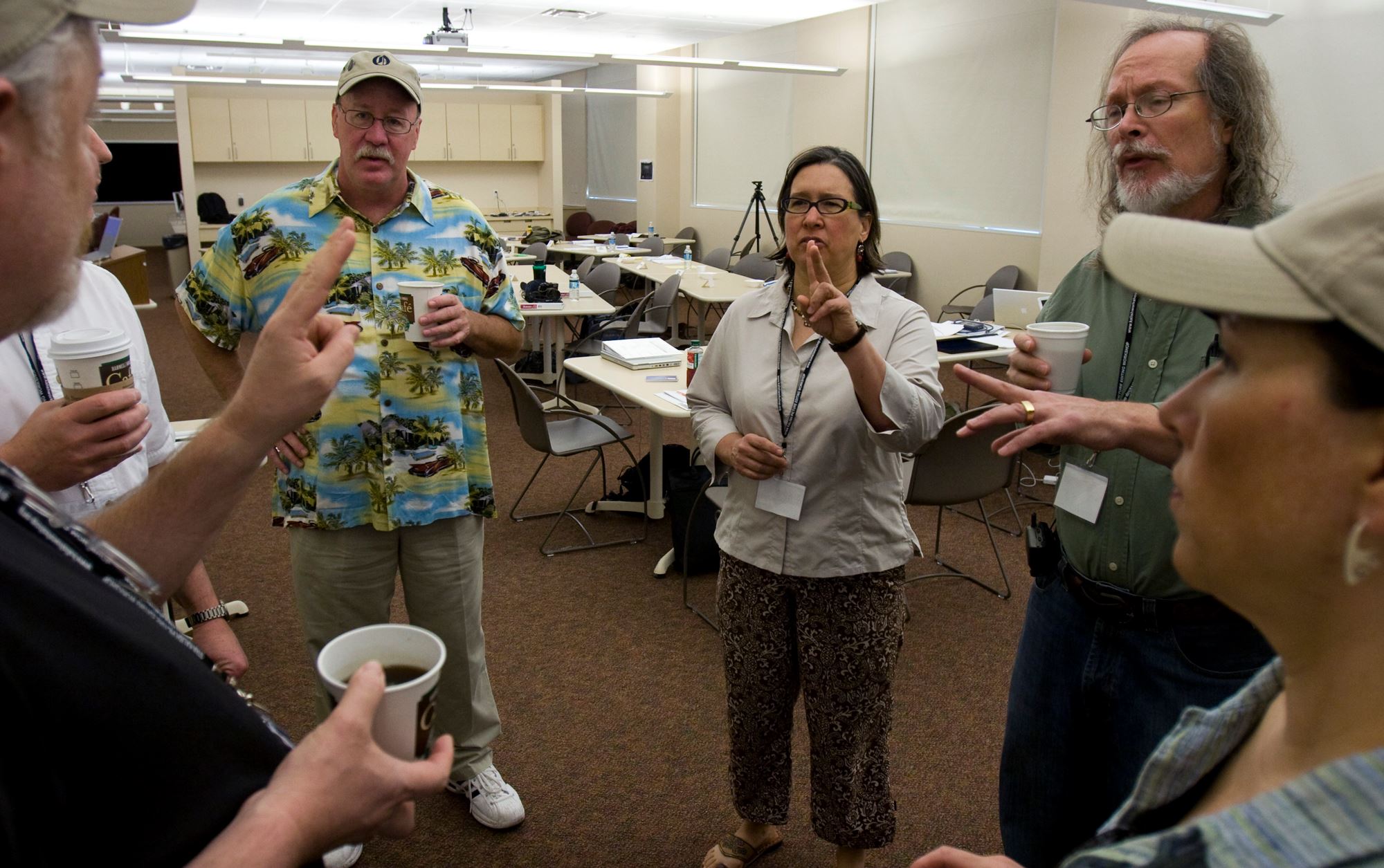

[…] The struggle for voting rights in Alabama continues today. […]
Comments are closed.